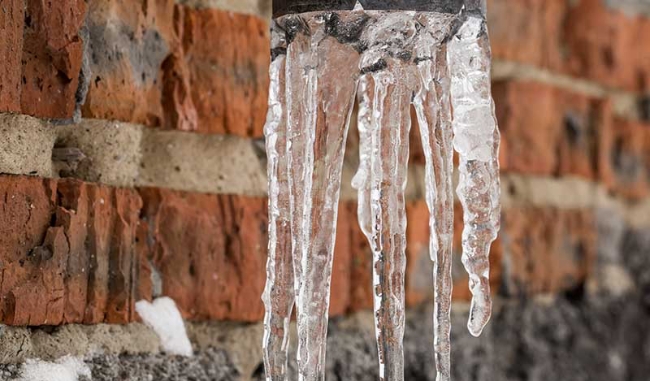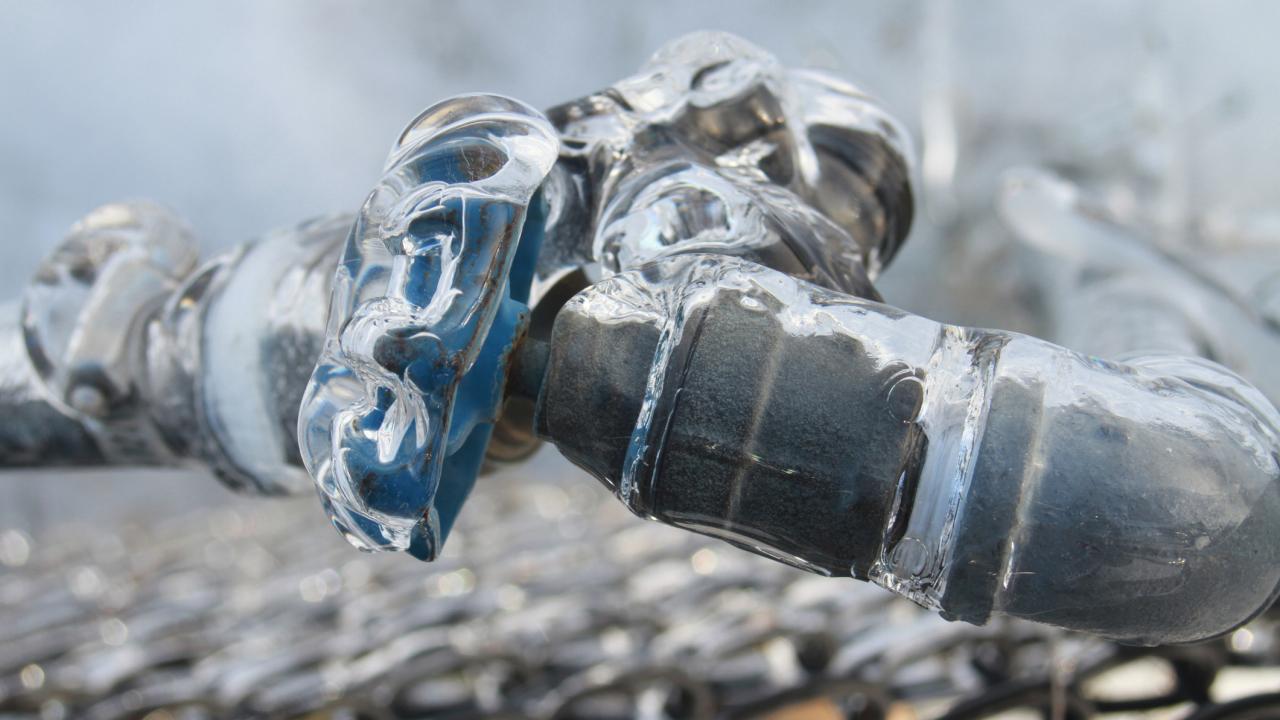What're your opinions on 6 Ways to Prevent Frozen Pipes?

Winter can damage your plumbing, especially by freezing pipes. Right here's exactly how to prevent it from happening and what to do if it does.
Introduction
As temperatures drop, the threat of frozen pipelines increases, possibly bring about expensive repair work and water damage. Recognizing how to avoid frozen pipes is vital for homeowners in chilly environments.
Prevention Tips
Protecting prone pipes
Wrap pipelines in insulation sleeves or utilize warmth tape to shield them from freezing temperature levels. Concentrate on pipelines in unheated or external locations of the home.
Home heating methods
Keep interior spaces sufficiently heated up, particularly locations with pipes. Open up cabinet doors to enable warm air to circulate around pipelines under sinks.
Exactly how to determine icy pipes
Search for decreased water flow from taps, unusual smells or sounds from pipelines, and visible frost on subjected pipes.
Long-Term Solutions
Architectural changes
Consider rerouting pipes away from exterior walls or unheated areas. Add extra insulation to attics, cellars, and crawl spaces.
Upgrading insulation
Invest in top notch insulation for pipes, attics, and wall surfaces. Proper insulation assists keep consistent temperatures and lowers the danger of icy pipelines.
Protecting Outdoor Plumbing
Yard pipes and exterior taps
Separate and drain pipes yard hoses before winter. Install frost-proof faucets or cover exterior faucets with protected caps.
Understanding Icy Pipes
What triggers pipes to freeze?
Pipelines freeze when subjected to temperatures below 32 ° F (0 ° C) for prolonged periods. As water inside the pipes ices up, it increases, taxing the pipeline wall surfaces and potentially creating them to break.
Risks and problems
Frozen pipelines can lead to water disruptions, building damage, and expensive repair work. Burst pipelines can flood homes and trigger considerable architectural damages.
Indications of Frozen Water Lines
Determining icy pipes early can prevent them from bursting.
What to Do If Your Pipelines Freeze
Immediate actions to take
If you think frozen pipelines, maintain faucets open to relieve stress as the ice melts. Use a hairdryer or towels taken in hot water to thaw pipelines slowly.
Verdict
Stopping frozen pipelines needs aggressive procedures and quick reactions. By recognizing the causes, indicators, and preventive measures, homeowners can secure their pipes during winter.
5 Ways to Prevent Frozen Pipes
Drain Outdoor Faucets and Disconnect Hoses
First, close the shut-off valve that controls the flow of water in the pipe to your outdoor faucet. Then, head outside to disconnect and drain your hose and open the outdoor faucet to allow the water to completely drain out of the line. Turn off the faucet when done. Finally, head back to the shut-off valve and drain the remaining water inside the pipe into a bucket or container. Additionally, if you have a home irrigation system, you should consider hiring an expert to clear the system of water each year.
Insulate Pipes
One of the best and most cost-effective methods for preventing frozen water pipes is to wrap your pipes with insulation. This is especially important for areas in your home that aren’t exposed to heat, such as an attic. We suggest using foam sleeves, which can typically be found at your local hardware store.
Keep Heat Running at 65
Your pipes are located inside your walls, and the temperature there is much colder than the rest of the house. To prevent your pipes from freezing, The Insurance Information Institute suggests that you keep your home heated to at least 65 degrees, even when traveling. You may want to invest in smart devices that can keep an eye on the temperature in your home while you’re away.
Leave Water Dripping
Moving water — even a small trickle — can prevent ice from forming inside your pipes. When freezing temps are imminent, start a drip of water from all faucets that serve exposed pipes. Leaving a few faucets running will also help relieve pressure inside the pipes and help prevent a rupture if the water inside freezes.
Open Cupboard Doors
Warm your kitchen and bathroom pipes by opening cupboards and vanities. You should also leave your interior doors ajar to help warm air circulate evenly throughout your home.

We were guided to that report on How to prepare your home plumbing for winter weather through a pal on our other web property. Liked our write-up? Please quickly share it. Let someone else check it out. We treasure your readership.
Call Today
Comments on “Protect Against Frozen Pipes in Winter: Professional Tips”